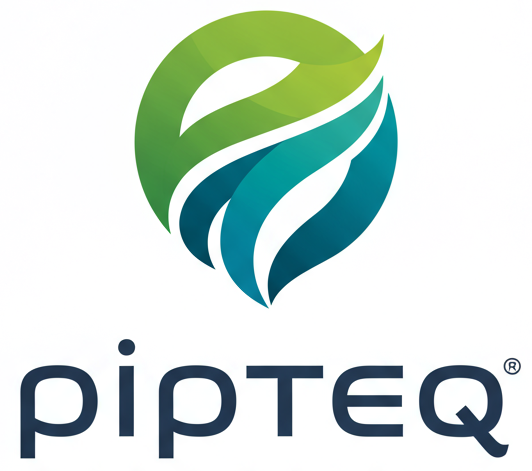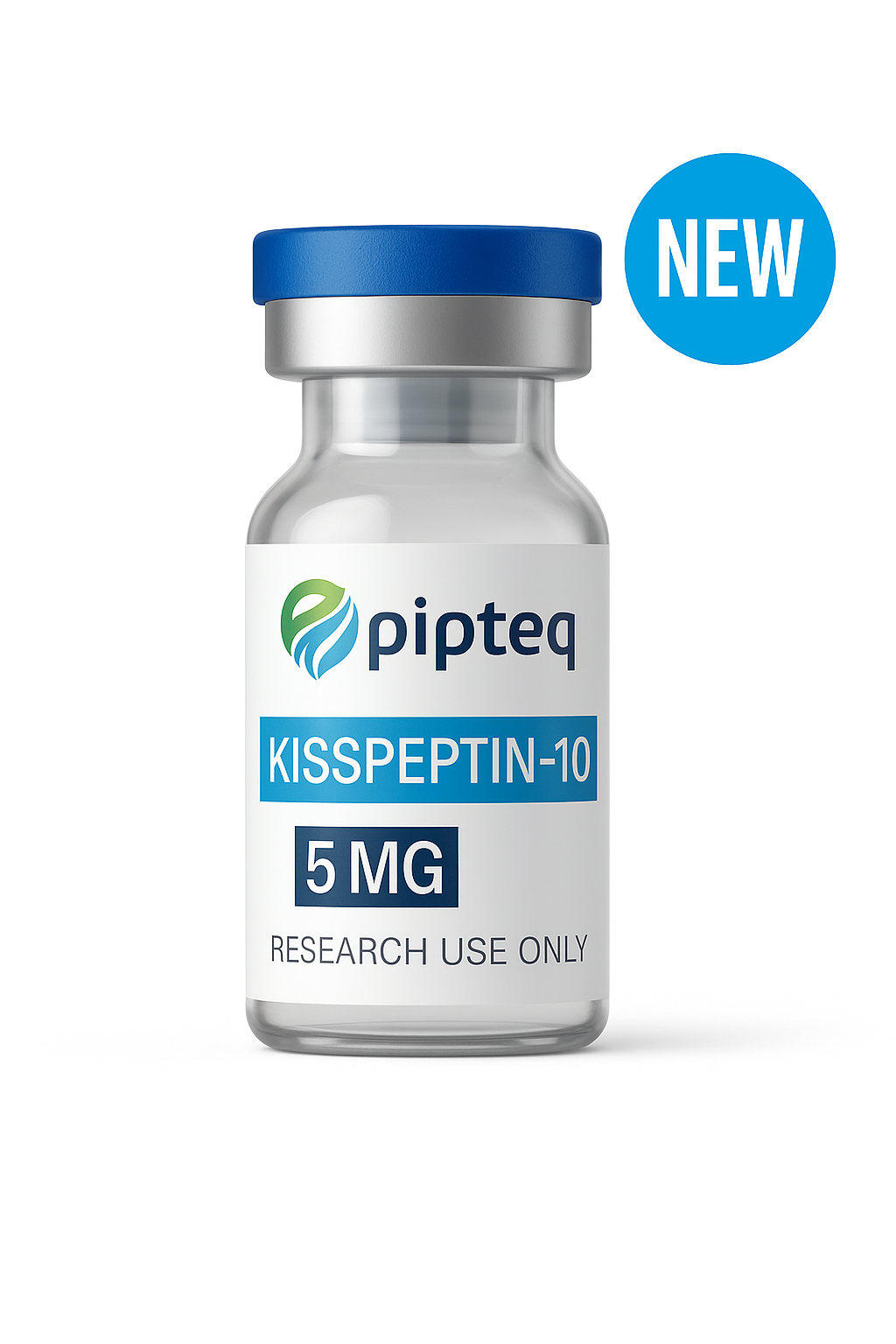💡 Kisspeptin-10: The Hormone Signaling Peptide for Fertility, Testosterone & Reproductive Health
Kisspeptin-10 is an emerging peptide that plays a vital role in regulating the body’s reproductive hormone axis. Known as a powerful stimulator of GnRH (gonadotropin-releasing hormone), Kisspeptin-10 is currently being explored for its ability to support fertility, testosterone production, and hypothalamic-pituitary-gonadal (HPG) axis function.
Whether in male hormone therapy, female fertility protocols, or general reproductive research, Kisspeptin-10 is rapidly gaining attention in scientific and clinical circles.
🧬 What Is Kisspeptin-10?
Kisspeptin-10 is a short peptide fragment derived from the larger kisspeptin protein, produced naturally in the hypothalamus. It acts as a master switch for reproductive hormone signaling by stimulating the release of GnRH, which then triggers the pituitary gland to release:
- LH (Luteinizing Hormone)
- FSH (Follicle-Stimulating Hormone)
These hormones are critical for:
- Testosterone production in men
- Ovulation and menstrual cycle regulation in women
✅ Potential Benefits of Kisspeptin-10 (Research-Based)
🧔 Boosts Testosterone Production (Men)
By increasing LH and FSH, Kisspeptin-10 supports endogenous testosterone production — especially helpful during or after testosterone replacement therapy (TRT) or in cases of secondary hypogonadism.
👩 Supports Female Fertility
Promotes the natural ovulatory cycle and may help restart suppressed reproductive function in women with hypothalamic amenorrhea or irregular cycles.
🧠 Restores Hypothalamic Function
Acts at the root level (the hypothalamus), making it a valuable tool in hormone restoration protocols for both men and women.
🧪 May Support Puberty & Sexual Development
Being studied for delayed puberty and conditions where hormonal signaling is impaired.
🔬 How Kisspeptin-10 Works
Kisspeptin-10 stimulates KISS1 receptors in the hypothalamus, which then activates the GnRH pulse generator. This, in turn, stimulates the pituitary gland to produce LH and FSH.
This upstream action makes Kisspeptin-10 unique — it doesn’t deliver hormones like HCG or testosterone; instead, it helps the body restart its own natural hormonal cascade.
📚 Scientific Research & References
- 🔗 PubMed – Kisspeptin and GnRH Signaling
- 🔗 Frontiers in Endocrinology – Kisspeptin in Human Reproduction
- 🔗 SelfHacked – Kisspeptin Overview
- 🔗 SwissChems – Kisspeptin-10 Peptide
- 🔗 Peptide Sciences – Kisspeptin-10 Research Peptide
⚖️ Kisspeptin-10 vs Other Peptides for Hormone Support
| Peptide | Primary Action | Common Use Case |
|---|---|---|
| Kisspeptin-10 | Stimulates GnRH → LH/FSH | Fertility, HPG axis reset |
| HCG | Mimics LH | Testosterone production, PCT |
| Clomid | Blocks estrogen at hypothalamus | PCT, ovulation induction |
| FSH/LH | Direct gonadal stimulation | IVF, assisted reproduction |
🧪 Usage Guidelines (For Research Purposes Only)
- Form: Lyophilized powder (5mg vials)
- Reconstitution: With bacteriostatic water
- Dosage (Research Use): 50–100 mcg per day or as per experimental protocol
- Administration: Typically subcutaneous
⚠️ Note: Kisspeptin-10 is for investigational research use only. Not approved for human consumption or therapeutic use outside of clinical studies.
🛒 Where to Buy Kisspeptin-10 (Research Grade)
- 🔗 Peptide Sciences – Kisspeptin-10
- 🔗 SwissChems – Kisspeptin-10 5mg
- 🔗 Pipteq™ UK – High-Purity Peptides & Research Tools (Coming Soon)
- 🔗 PureRawz – Kisspeptin-10 for Study Use
🚀 Conclusion: Kisspeptin-10 and the Future of Reproductive Optimization
Kisspeptin-10 is more than just a fertility peptide — it’s a central regulator of hormonal health. By stimulating the body’s natural signaling systems, it provides a powerful option for researchers looking into:
- Hormone restoration
- Testosterone optimization
- Female reproductive health
- Post-cycle recovery
With its upstream effects on the entire reproductive axis, Kisspeptin-10 is poised to become a key compound in precision endocrine therapy and research.

